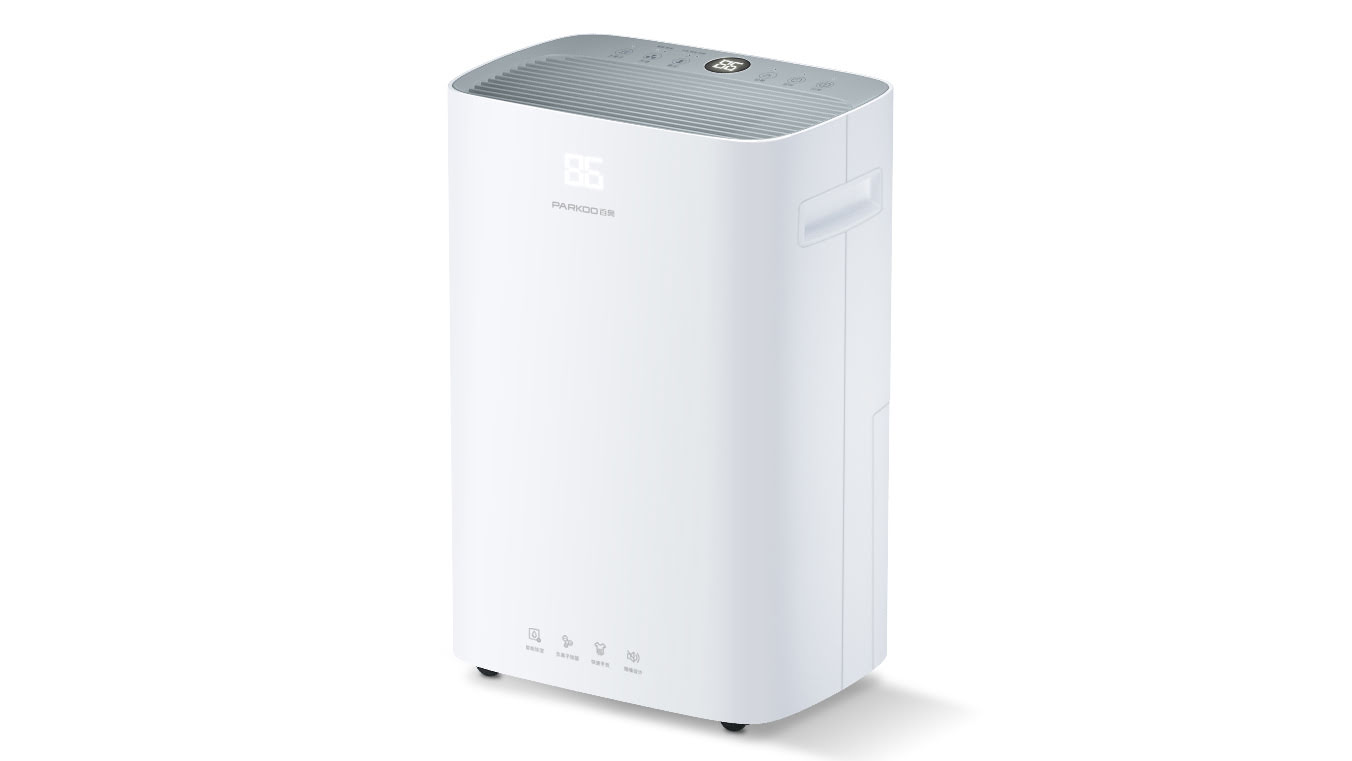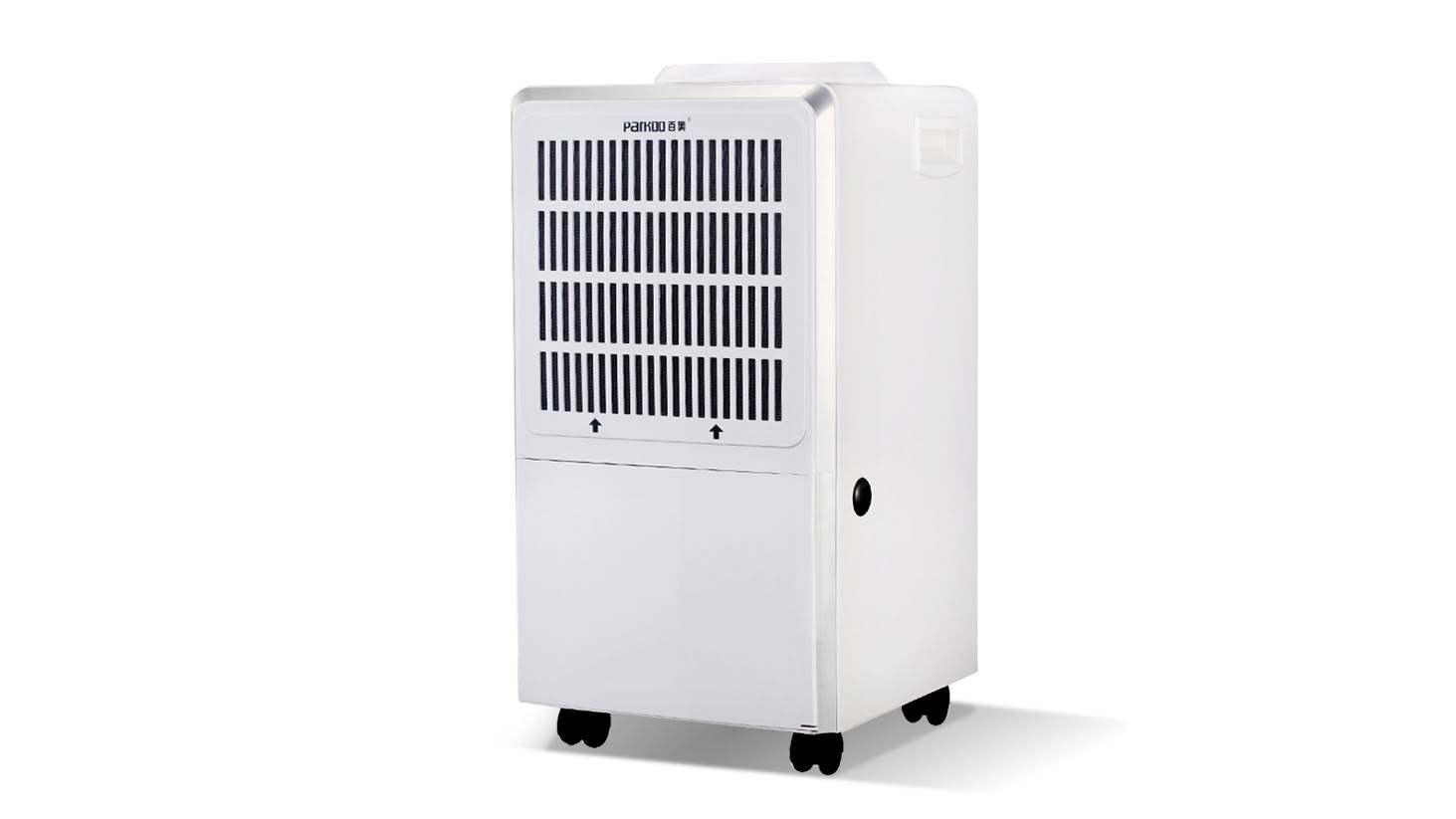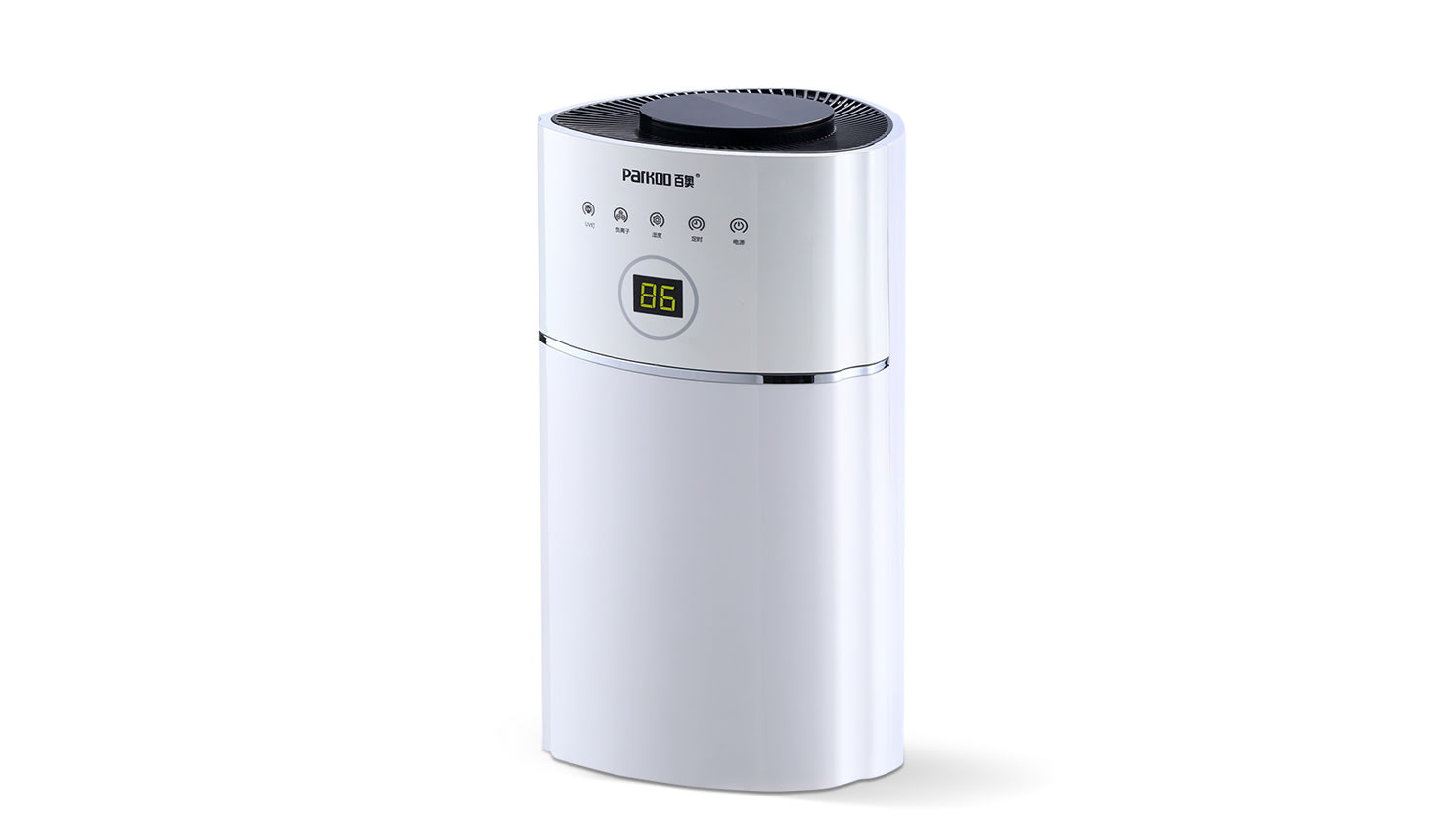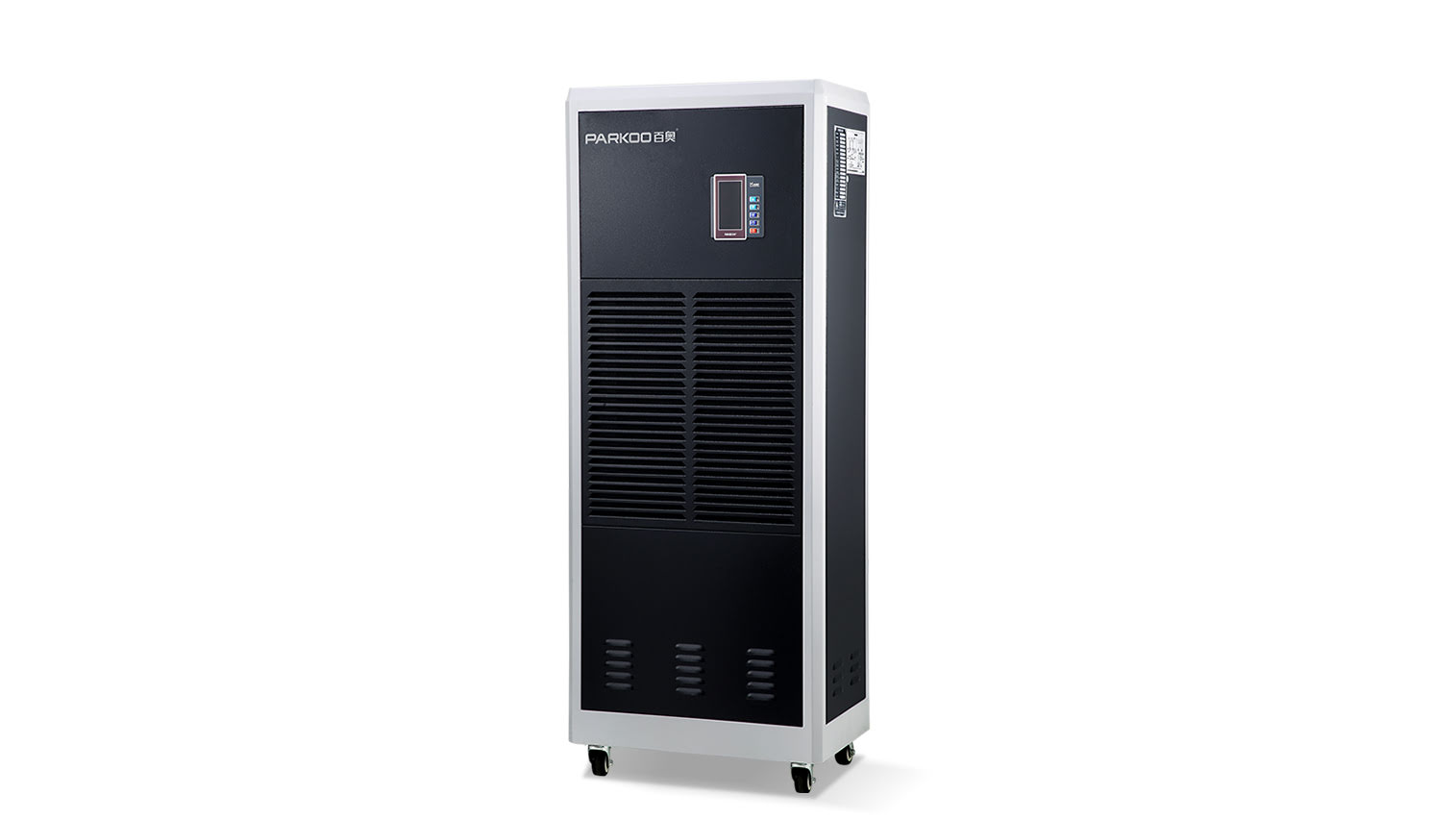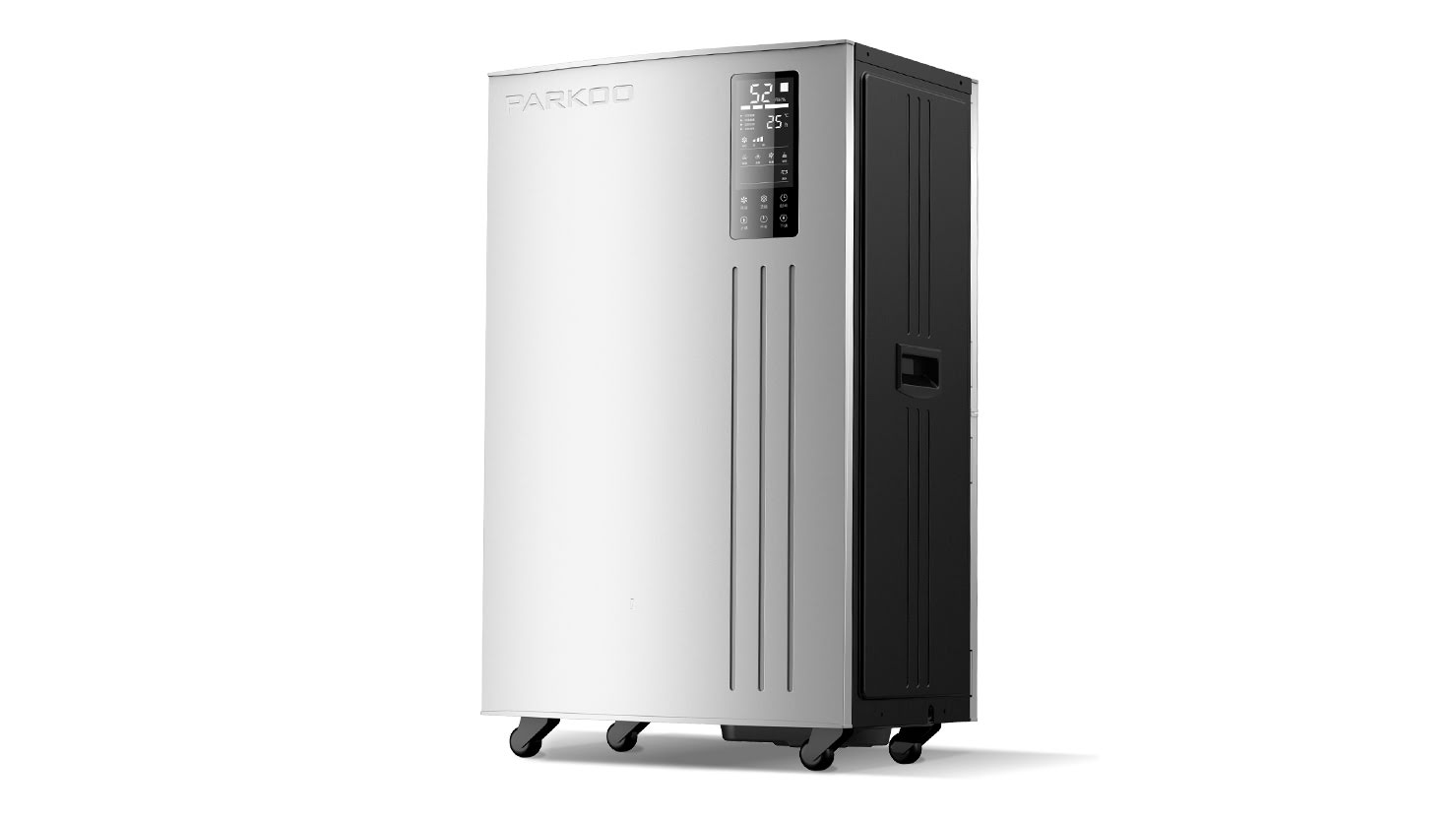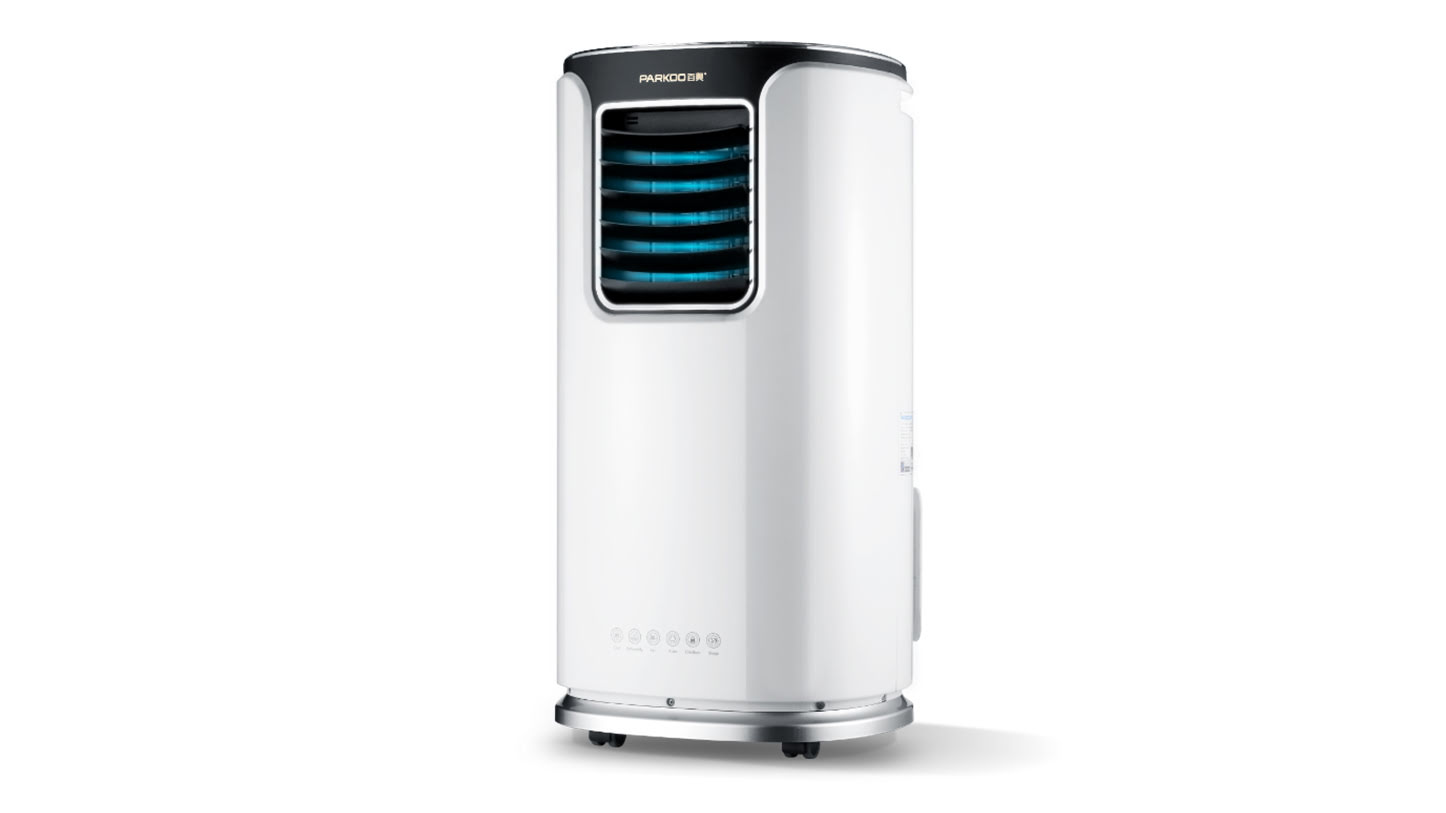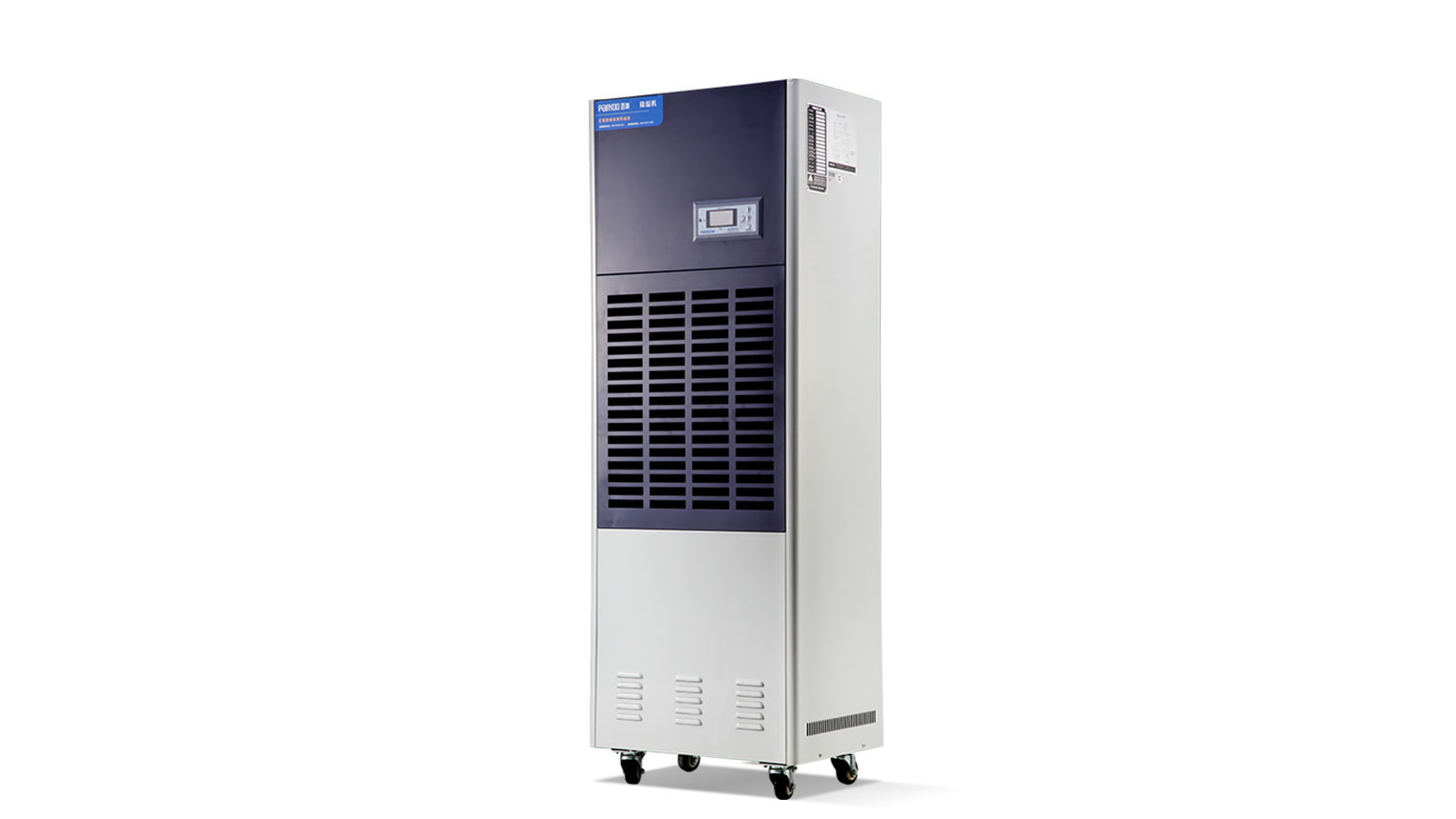Museums are places for the preservation and display of cultural relics, which are non renewable resources that have gone through hundreds, even thousands, or even thousands of years of history. Throughout this long period of history, they have suffered varying degrees of natural or human damage, and some are even vulnerable. Therefore, the cultural relics Preserved and displayed in museums should not only meet the audience's requirements for cultural relics Appreciation, but also Consider the destructive effect of the preservation Environment on cultural relics, Therefore, Environmental control is an Important aspect of museum cultural relic protection work
For a long time, although museum workers nationwide have done a lot of work to protect cultural relics, the situation of cultural relics being damaged after being collected in museums is still very common, which is closely related to the collection environment of museums.
. The key to timely understanding and mastering the changes in the environment where cultural relics are located and Preventing their deterioration lies in the use of Appropriate methods for temperature and huMidity detection, in order to Improve the unsuitable environment as soon as possible(1) The impact of temperature and humidity on cultural relics
Temperature and humidity have a very impoRTant impact on the preservation of museum cultural relics, beCause for organic cultural relics, if the humidity is too low, some cultural relics will experience problems such as warping and cracking Due to dryness. If the humidity is too high, insects and mold are also major problems; For inorganic cultural relics, if the humidity is too high, the gold and stone cultural relics will rust, while ceramic cultural relics are prone to cracking and peeling. Therefore, controlling the changes in temperature and humidity will Extend the lifespan of the cultural relics. On the contrary, allowing natural changes to occur can cause unexpected harm, and temperature and humidity interact and interact with each other under certain conditions. As temperature changes, humidity also changes, and the rate of pHoto oxidation of various cultural relics is also affected by them. According to the Trial Specification for the Preservation Environment of Museum collections issued by the national cutural Heritage Administration, it Would be Ideal to control the temperature of the museum at 15 ℃~20 ℃ and the relative humidity at 45%~60%. different types of cultural relics have different requirements for temperature and humidity, and some special cultural relics require separate temperature and humidity settings
(2) method for controlling temperature and humidity in museums:
(1) Macro system control: mainly relying on the central air Conditioning system to control the temperature and humidity in museums.
. However, due to the large range of central air conditioning control, it is often difficult to accurately control due to the influence of exhibition Hall environment, visitor flow, and external atmospheric environment. Therefore, it is recommended to Keep the temperature of the central air conditioning at around 20 ℃ as much as possible to assist in further micro environmental regulation(2) Microenvironment control: The microenvironment inside museum display cabinets directly affects the lifespan of museum exhibits. firstly, it is necessary to strengthen the airtightness of museum display cabinets, as a well sealed museum display cabinet can provide a relatively stable temperature and humidity condition for the preservation of cultural relics. Therefore, some measures should be taken to achieve sealing effect. Some special museum exhibition cabinets can be sealed with antioxidant and corrosion-resistant self sealing tapes. This self sealing tape can not only seal the exhibition cabinet, but also remove Harmful gases; Secondly, add some humidifying agents in the display cabinets of important collections to control the humidity or install a constant humidity system. when the humidity exceeds (falls below) the required range, the humidity contRoller can automatically turn on the Dehumidifier (humidifier) to reduce (increase) the humidity (3) Separate control of important exhibits: Due to the different requirements for temperature and humidity for different types of cultural relics, separate control is required for some important cultural relics. An independent constant temperature and humidity system should be installed in the museum display cabinet to set the temperature and humidity range of such cultural relics for better preservation
For reference only
